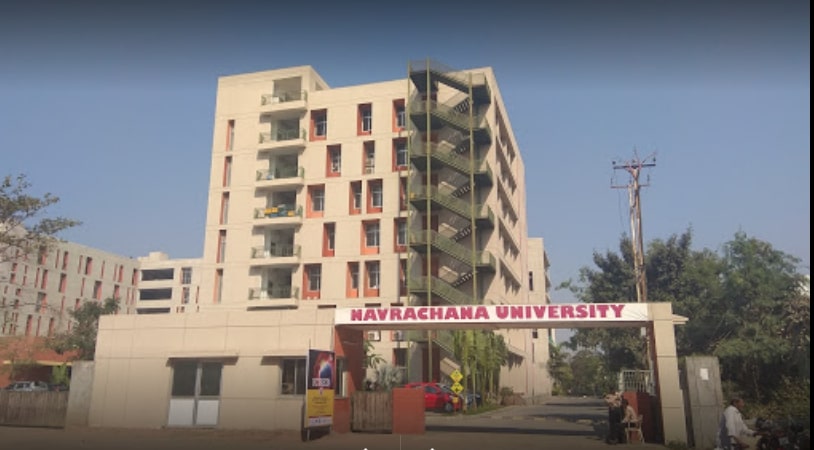
Manuscripts are accepted from academic research domain comprising of faculty members, students (UG and PG), doctoral and postdoctoral scholars. Manuscripts addressed to multidisciplinary readers can be written in any of the following categories and may include new contemporary broad fields.
Manuscripts should be submitted as Word file and should be limited to pages 4-10 for a regular article and 8-15 pages for a review article. Other detailed page layout options should be as follows.
Authors should write just their names the way they would like to have on the paper and should NOT write their educational degree and designation with their name.
Kindly, please fill the below form details in the Author Declaration Form.
Kindly, Download the sample paper for reference.
Interwoven, Navrachana University’s peer reviewed interdisciplinary journal, weaves together a wide range of ideas to offer a layered mosaic of scholarly work. Peer reviewed journals are critical to functioning of academic work without which development and evaluation of knowledge raise questions about credibility and self correction. For academic community to grow and prosper, peer reviewed journals are essential because articles in them are reviewed by colleagues who have same standing like the journal authors. Through the process of peer review and evaluation; the content, context and quality of research is questioned, new rigor invested to make corrections, which in turn lifts up the academic community.
Interwoven offers a platform to present scholarly articles that are disciplinary and non-disciplinary, and engage in a rich academic discourse. Non-disciplinary articles, because of their generalistic content provide a means for all readers to find a common ground to connect and get involved regardless of their expertise. Disciplinary work, on the other hand, is presented in a form that non-disciplinary readers can read, understand and participate in an academic discourse. Like the spirit of research presented in journal Nature, Interwoven requires disciplinary work to be presented in an interdisciplinary platform so a robust academic discourse about discipline can take place to reflect, reinvent and expand traditional disciplinary boundaries.
Interwoven is a double blind, twice reviewed journal. Ever paper in it undergoes two rounds of reviews, each round of review by at least three colleagues – one with a disciplinary expertise, another with a no disciplinary expertise and third with a language expertise. In the first round of review, colleagues examine suitability, acceptability and need for correction. In the second round the manuscript is reviewed to ensure that recommended changes have been incorporated and content, context and research imbibe the interdisciplinary spirit of the journal. Attention is devoted to ensure that complete confidentiality is maintained; neither an author is able to identify the reviewer nor is a reviewer able to identify the author.
A journal with a long title like, Interwoven, Peer Reviewed Interdisciplinary Journal of Navrachana University is hard to cite. The title is long and loaded with significant key words – all of them are important. To authors, it is recommended accepted papers be cited in the following manner (in APA format): Author(s). (Year). Article title. Interwoven, Volume (Issue Number), pages. Retrieved from URL For example: Pillai, V. B. (2017). The heart and soul of school curriculum. Interwoven, 1 (1), 1-7. Retrieved from https://nuv.ac.in/interwoven-an-interdisciplinary-journal-of-navrachana-university/
Starting, Interwoven has not been an easy task for the university community. To establish a new academic culture, the Editor, Dr. Pallavi G has worked very hard to solicit articles, encourage submission and recruit reviewers and ensure that only good quality articles get published. I thank the language reviewers for painstakingly combing through manuscripts to ensure that there are no linguistic glitches. My congratulations to the Editor, Reviewers and Authors for starting a brilliant publication and for furthering our academic agenda. I invite authors to contribute to the journal and reviewers to help us with the review process so the journal can be taken to a new height of academic excellence and richness.